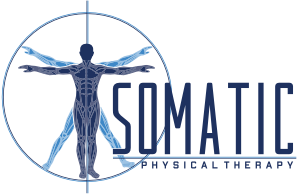
Trigger Point Dry Needling vs. Other Treatment Methods: What’s Best for You?
If you’re dealing with muscle pain, stiffness, or limited movement, you’ve probably come across a variety of treatment options—massage therapy, chiropractic care, physical therapy, and even acupuncture. One treatment that has been gaining popularity for its effectiveness in relieving muscle pain and improving mobility is Trigger Point Dry Needling (TDN). But how does it compare to other methods? Let’s break it down.
What is Trigger Point Dry Needling (TDN)?
TDN is a technique used by physical therapists to relieve muscle tension and pain by inserting thin, sterile needles directly into myofascial trigger points—also known as “knots.” These trigger points can cause pain and restrict movement. By inserting a needle into the muscle, TDN helps release tension, improve blood flow, and reset dysfunctional muscle patterns.
How Does TDN Compare to Other Treatments?
1. Dry Needling vs. Trigger Point Dry Needling
While the terms are sometimes used interchangeably, there are distinctions between general dry needling and trigger point dry needling:
- Dry Needling is a broader term that encompasses any use of fine needles to target muscular pain and dysfunction. Some approaches focus on superficial needling, periosteal stimulation, or other techniques that do not necessarily involve direct insertion into myofascial trigger points.
- Trigger Point Dry Needling (TDN) specifically targets active myofascial trigger points—tight, painful muscle knots that refer pain to other areas. It aims to elicit a local twitch response to release muscle tension effectively.
- Certified Manual Trigger Point Therapists undergo advanced certification and training to precisely identify and treat trigger points using dry needling techniques. They are the ideal specialists for individuals looking to address muscle pain related to movement and function.
Best for: If your pain stems from trigger points and muscle knots, TDN performed by a certified manual trigger point therapist is the most precise technique. However, general dry needling may be beneficial for broader muscular issues or other soft tissue dysfunctions.
2. Dry Needling vs. Massage Therapy
Both techniques focus on relieving muscle tension, but they do so in different ways:
- Massage therapy uses hands-on techniques like deep tissue work, myofascial release, and trigger point therapy to manipulate muscles and improve circulation.
- TDN directly targets trigger points with a needle, often providing a deeper release than massage alone.
Best for: Massage is great for overall relaxation and general muscle tension, while TDN is better for localized, stubborn trigger points that massage may not fully resolve.
3. Dry Needling vs. Chiropractic Care
- Chiropractic adjustments focus on spinal alignment and nervous system function, using manipulations to improve joint mobility and alleviate nerve irritation.
- TDN works directly on muscles to relieve tightness and dysfunction, rather than adjusting the spine or joints.
Best for: If your pain is primarily due to joint misalignment or nerve impingement, chiropractic care may be beneficial. If muscle tightness or trigger points are the main issue, TDN may be a better option.
4. Dry Needling vs. Acupuncture
Many people confuse TDN with acupuncture, but they serve different purposes:
- Acupuncture is based on Traditional Chinese Medicine and focuses on restoring energy (Qi) flow through specific meridian points to address a variety of health issues, including pain, stress, and digestive problems.
- TDN is based on Western medicine principles and targets muscle dysfunction directly by inserting needles into trigger points.
Best for: Acupuncture is ideal for systemic issues or chronic conditions, while TDN is more effective for musculoskeletal pain and movement dysfunction.
5. Dry Needling vs. Traditional Physical Therapy Techniques
- Physical therapy often includes exercises, manual therapy, stretching, and modalities like ultrasound or electrical stimulation to improve mobility and reduce pain.
- TDN is often integrated into physical therapy as a tool to accelerate muscle release and recovery.
Best for: Combining TDN with physical therapy can provide the best results, as the needling releases tight muscles while exercise helps strengthen and retrain movement patterns.
Which Treatment is Right for You?
The best treatment depends on the cause of your pain and your specific goals. If you’re experiencing persistent muscle knots, localized pain, or restricted movement that hasn’t improved with massage or stretching, Trigger Point Dry Needling could be a game-changer. However, it’s often most effective when combined with other treatments like physical therapy for long-term relief and functional improvement.
Curious if TDN is right for you? Book a consultation to discuss your symptoms and find the best treatment plan for your needs!

